E-commerce Growth
The rapid expansion of e-commerce is significantly influencing the Flex Pack Coating Market. As online shopping continues to gain traction, the demand for flexible packaging solutions that ensure product safety during transit is increasing. E-commerce businesses require packaging that is not only lightweight but also durable, leading to a rise in the use of advanced coatings that enhance protection against moisture and physical damage. Market analysis suggests that the e-commerce sector could account for over 30% of the total packaging demand by 2026, thereby propelling growth in the Flex Pack Coating Market. This trend underscores the necessity for packaging solutions that meet the unique challenges posed by online retail.
Regulatory Compliance
Regulatory compliance is becoming a critical driver in the Flex Pack Coating Market. As governments worldwide implement stricter regulations regarding food safety and environmental standards, manufacturers are compelled to adapt their coating solutions accordingly. Compliance with these regulations not only ensures product safety but also enhances marketability. The Flex Pack Coating Market is witnessing a shift towards coatings that meet stringent safety standards, which is expected to drive innovation and investment in compliant materials. Market forecasts indicate that the demand for compliant coatings will grow, potentially increasing market value by 4% annually as companies strive to meet regulatory requirements while maintaining product quality.
Technological Innovations
Technological advancements are reshaping the Flex Pack Coating Market, with innovations in coating formulations and application techniques. The introduction of advanced technologies, such as nanotechnology and digital printing, is enhancing the performance and functionality of coatings. These innovations allow for improved barrier properties, which are crucial for preserving product integrity and extending shelf life. Market data indicates that the segment focusing on high-performance coatings is expected to grow at a compound annual growth rate of 6% over the next five years. As manufacturers invest in research and development, the Flex Pack Coating Market is likely to witness a surge in innovative products that cater to diverse consumer needs.
Sustainability Initiatives
The increasing emphasis on sustainability within the Flex Pack Coating Market is driving demand for eco-friendly materials. Companies are actively seeking coatings that reduce environmental impact, aligning with consumer preferences for sustainable packaging solutions. This shift is evidenced by a rise in the adoption of biodegradable and recyclable coatings, which are projected to capture a significant market share. As regulations tighten around packaging waste, manufacturers are compelled to innovate, leading to a projected growth rate of approximately 5% annually in the sustainable segment of the Flex Pack Coating Market. This trend not only enhances brand reputation but also meets the growing consumer demand for environmentally responsible products.
Consumer Preferences for Convenience
Shifting consumer preferences towards convenience are driving the Flex Pack Coating Market. As lifestyles become increasingly fast-paced, there is a growing demand for packaging that offers ease of use and portability. Flexible packaging solutions, enhanced by innovative coatings, provide consumers with convenient options for food and beverage products. This trend is reflected in market data, which indicates that flexible packaging is expected to capture a larger share of the overall packaging market, projected to reach 40% by 2025. The Flex Pack Coating Market is thus adapting to these changing consumer demands, focusing on developing coatings that facilitate easy opening, resealability, and portion control.


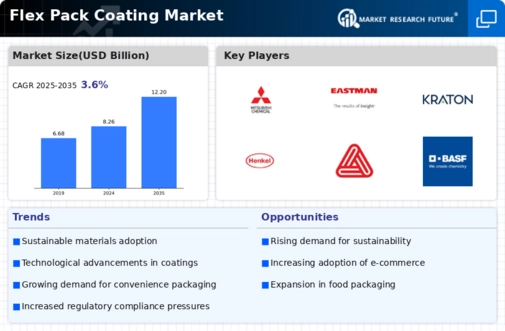
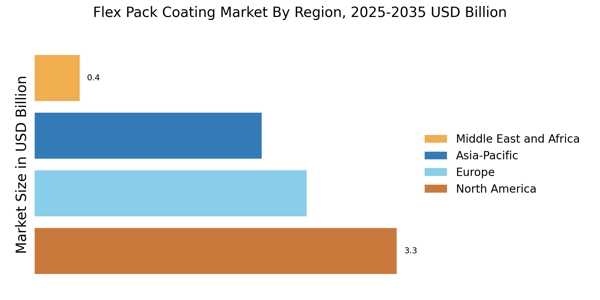


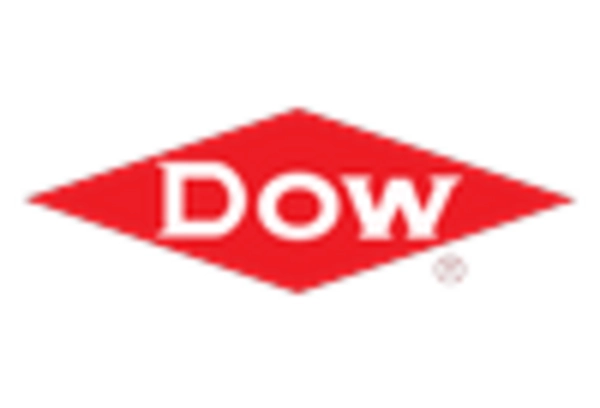
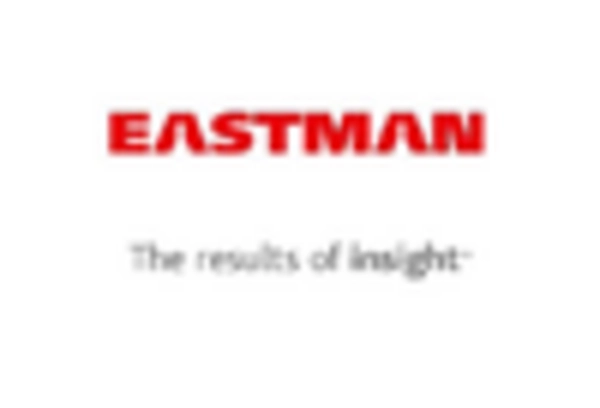
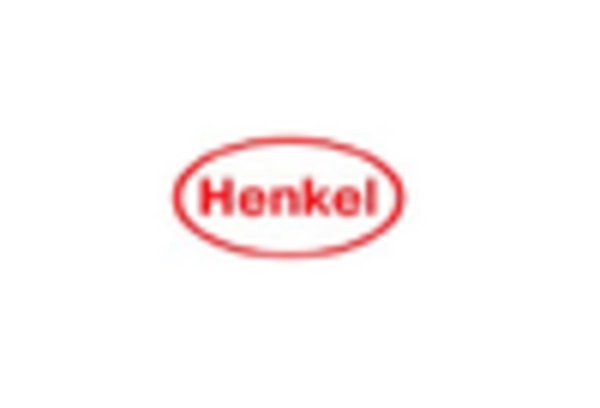









Leave a Comment